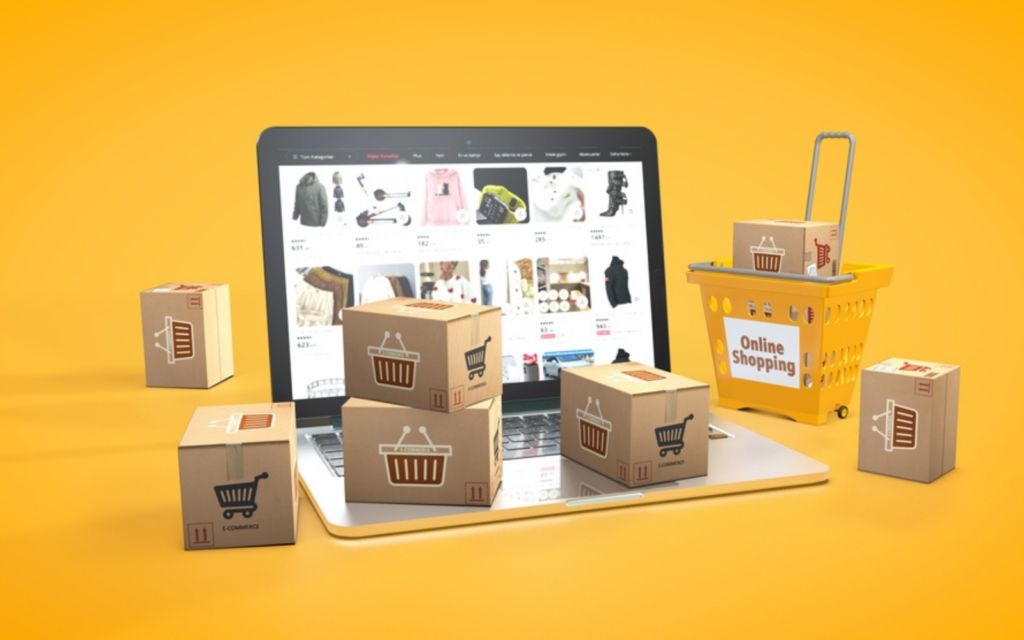Google Shopping has become a powerful platform for eCommerce retailers looking to boost visibility and drive sales. However, many businesses miss the mark with their campaigns, resulting in wasted ad spend and missed opportunities. Here are seven common mistakes eCommerce retailers make when advertising with Google Shopping and how to avoid them.
- Poorly Optimized Product Feed
The foundation of a successful Google Shopping campaign is a well-optimized product feed. A common mistake is failing to provide accurate and complete data in your product feed, such as missing attributes or incomplete descriptions.
• Solution: Ensure your product feed includes detailed, accurate, and up-to-date information for each product. Optimize product titles, descriptions, categories, and image quality to enhance visibility and click-through rates (CTR).- Ignoring Negative Keywords
Many eCommerce retailers fail to utilize negative keywords in their Google Shopping campaigns, which leads to irrelevant traffic and wasted ad spend. For example, if you’re selling luxury watches, you don’t want your ads appearing for searches like “cheap watches.”
• Solution: Regularly add negative keywords to your campaigns. By refining the types of searches that trigger your ads, you ensure your budget is spent on relevant customers.- Focusing Only on High-Traffic Products
It’s common for retailers to focus on advertising their best-selling or high-traffic products, neglecting other items in their inventory. This can limit your potential for overall sales growth.
• Solution: Promote a balanced selection of products, including those that may not have as much organic visibility. Expanding your reach across more products helps you tap into a broader audience and increases your overall sales potential.- Not Using Custom Labels
Google Shopping allows you to add custom labels to your products, but many retailers neglect this feature. Without custom labels, you can’t segment your campaigns effectively, making it difficult to manage and optimize your ads.
• Solution: Use custom labels to segment your products by price, profitability, seasonality, or promotion. This will help you bid more effectively, allocate budget appropriately, and gain better insights into campaign performance.- Setting Incorrect Bids
Setting incorrect bids is one of the most common mistakes in Google Shopping campaigns. Either setting your bids too high can lead to an overspend, or setting them too low can reduce your visibility and cost you valuable traffic.
• Solution: Use a bid strategy that aligns with your business goals. For example, maximize clicks for exposure, or use a Target ROAS (Return on Ad Spend) strategy if profitability is your main objective. Continuously monitor and adjust bids to ensure they remain competitive without overspending.- Neglecting Mobile Optimization
With a significant portion of eCommerce traffic coming from mobile devices, retailers often miss out on sales by not optimizing their shopping ads or website for mobile users. Ads that don’t perform well on mobile may have lower conversion rates.
• Solution: Ensure that your website and product pages are mobile-friendly, with fast load times and responsive design. Regularly test how your Google Shopping ads appear on mobile to ensure they provide a seamless experience.- Lack of Ongoing Optimization
Many eCommerce retailers set up their Google Shopping campaigns and assume they can leave them running without further attention. This “set it and forget it” approach leads to poor performance over time due to shifting trends, competition, and market conditions.
• Solution: Continuously monitor your campaign performance and adjust accordingly. Regularly update your product feed, test new strategies, tweak bids, and optimize based on performance metrics such as CTR, conversion rate, and ROAS.Conclusion
Avoiding these common mistakes can significantly improve the effectiveness of your Google Shopping campaigns. By optimizing your product feed, leveraging custom labels, setting appropriate bids, and continuously optimizing, you’ll be better positioned to attract relevant traffic and drive profitable sales. Take a proactive approach, and watch your Google Shopping results soar.
Have you encountered any of these challenges in your Google Shopping campaigns? Share your thoughts or tips below!
